
In 2006, I interviewed Matthew Myers, the president of the Campaign for Tobacco-Free Kids, about reduced-harm tobacco products. The idea that people might one day be able to get a nicotine fix without ingesting all the carcinogens derived from burning tobacco was still new. Tobacco companies were pouring millions into research labs trying to make such products a reality, but the only thing on the market was snus, the pouch tobacco product made by Swedish Match AB. Electronic cigarettes, first developed in China in 2003, hadn’t yet migrated to the U.S.
Myers co-founded his organization in 1996. (Disclosure: It has long been supported financially by Bloomberg Philanthropies.) Ever since, he’s been one of the two or three most important people in the tobacco-control community, someone whose opinion matters a great deal. That’s why I wanted to learn his view about the prospect that it might soon be possible to consume addictive nicotine without dying of cigarette smoke. He was wholeheartedly in favor.
“The challenge to me is not to eliminate smoking, but the death and disease of smoking,” Myers responded.
If you had a product that addicted 45 million people and killed none of them, I would take that deal. Then you’d have coffee! I have to believe that if the marketplace incentives were such that over time someone could devise a product that would give the same satisfaction as tobacco but didn’t kill them, people would flock to it.
Thirteen years have passed since that interview, and reduced-harm tobacco products, which addict but don’t kill, are plentiful. Juul makes one, and dozens of other companies such as Halo, Blu and Green Smoke manufacture and market e-cigarettes. People have indeed flocked to them, just as Myers predicted.
But even before the current so-called youth-vaping crisis, Myers had changed his mind. No longer was he willing to equate nicotine to coffee. Now nicotine was an imminent danger to the nation’s youth, “a highly addictive chemical compound” that could “affect adolescent brain development.” 1 Big bad tobacco was using flavors and devious marketing to hook a new generation of addicts.
Regular readers know that I strongly believe that vaping can save lives. The World Health Organization estimates that there are 1.1 billion smokers worldwide. Just imagine what might happen if there was a global campaign to move those smokers to e-cigarettes. They may not be perfectly safe, but they are much safer than cigarettes — that’s what harm reduction is. Think about the hundreds of millions of people who would escape an early, painful death from a tobacco-related disease if they switched to vaping. Wouldn’t that be amazing?
Yet the public health community doesn’t view saving the lives of smokers as a priority anymore. That’s because, in its view, protecting kids from nicotine matters more. That’s Myers’s position, and it’s also the position of the American Medical Association, which wants a complete ban on all vaping product not approved by the Food and Drug Administration (the approval process hasn’t even begun yet for e-cigarettes). The same goes for the W.H.O., which is vehemently anti-vaping, and the American Lung Association. Former FDA commissioner Scott Gottlieb has called for a ban on “pod-based e-cigarettes,” which would put Juul out of business.
On the other hand, important voices who believe e-cigarettes can save lives are finally pushing back. In its latest issue, Science magazine published an important essay by five public health heavyweights, three of whom are deans at university public health schools. 2 One of the two non-deans, David Abrams, was a prominent figure in the anti-tobacco movement until he embraced vaping and was essentially booted out. 3 Their message is simple: It’s time to start putting the lives of adult smokers over the fears that kids will become addicted to coffee, er, I mean nicotine.
They don’t put it quite like that, of course. Nobody does. Who wants to face the opprobrium of the anti-tobacco hardliners by pointing out that the worry over youth vaping is wildly overblown? “We share strong concern about the large increase in youth vaping,” the authors write, “and we promote harm minimization and management.” But then they add a sentence you rarely hear in the U.S.: “Careful analysis of all the data in context indicates that the net benefits of vaped nicotine products outweigh the feared harms to youth.”
How can this be, given all the anti-vaping rhetoric? Here are a few reasons they list:
The rise in youth vaping has been matched by a substantial decline in youth smoking, meaning that a significant number of teenage vapers are kids who would otherwise become addicted to cigarettes. Kids may like flavors, but so do adult smokers — and the appeal of flavors is a reason they stop smoking and start vaping.
The majority of vaping teens are not daily users but are experimenting, just as millions of teens used to do with cigarettes. And so far, there is zero proof that vaping is a gateway to smoking.
One important reason not mentioned in the essay — but which I spoke to Abrams about — is that nicotine, though addictive, simply isn’t that harmful. Consider the shibboleth about nicotine harming teenage brains. It is certainly true, as Abrams puts it, that “if you overload adolescent rats, you see a problem.”
But the idea that today’s kids are “guinea pigs for the effects of nicotine on the brain”— a phrase used by Frances Leslie, a scientist at the University of California at Irvine — is silly. As much as 40% of the Greatest Generation smoked liked chimneys when they were teens and pre-teens without discernible brain damage. Why are public health officials only now contending that nicotine affects kids’ brains?
If you’re a parent of a teenager, you never want your kid to be addicted to anything, whether it’s Coca-Cola, pornography, nail-biting — or vaping. But if your kids are likely to experiment with addictive substances, which would you prefer they try: cigarettes or e-cigarettes? It’s not even close.
Having dispensed with the supposed harms of youth vaping, the authors of the Science essay then take a close look at the benefits to adult smokers. Here is their starting point: “In the case of adult smokers, there is solid scientific evidence that vaping nicotine is much safer than smoking.” They add: Although it may be decades before we fully understand the long-term consequences of vaping nicotine without smoke, many argue that we know enough and stress that too many smokers die every day we delay taking reasonable and rational action based on the science to date.
As for how many smokers might benefit from vaping, the authors estimate that if most smokers switched to vaping over the next 10 years, “1.6 million premature deaths would be avoided … in the United States alone.” Worldwide, a billion lives could be saved by the end of the century. Saving those lives was once the goal of public health. It should be again.
Yet the impulse of governments and public health organizations in the U.S. is prohibitionist. Ban flavors. Ban some vaping devices. Ban all vaping devices. Anti-vaping scientists like Stanton Glantz at the University of California at San Francisco feed the prohibitionist impulses by churning out studies that claim to show that vaping is as harmful as smoking — work that’s less science than propaganda. This isn’t sound public policy. It’s mass hysteria.
They are: Amy Fairchild, dean of the College of Public Health at Ohio State University; Cheryl Healton, dean at New York University’s College of Global Public Health; James Curran, dean of the Rollins School of Public Health at Emory University; David Abrams, a public health professor at NYU; and Ronald Bayer, a professor at the Mailman School of Public Health at Columbia University.
Until 2017, Abrams was a professor at the Johns Hopkins Bloomberg School of Public Health. The school — and the university — have received generous donations from Mike Bloomberg, the founder and majority owner of Bloomberg LP, the parent company of Bloomberg News and Bloomberg Opinion, and Bloomberg Philanthropies.
High-quality vape, we recommend vaporesso mod, suorin, puff bar disposable .
Transfer from bloomberg,
21/12/2019
























































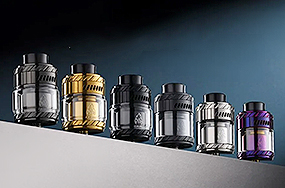




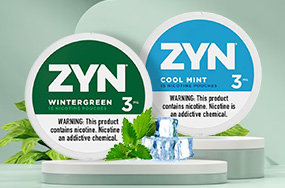
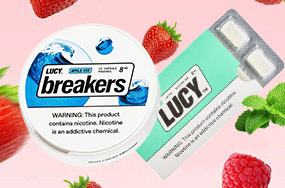
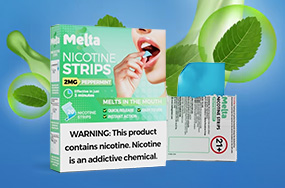


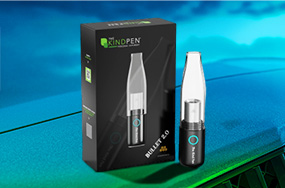
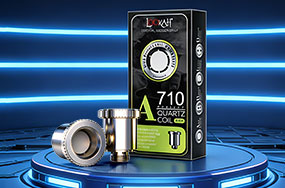
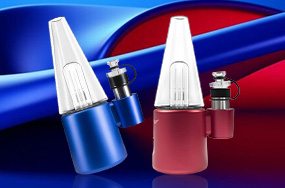







comments